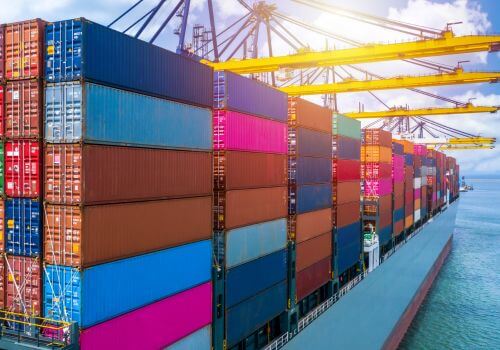In logistics, “Less-Than-Truckload (LTL)” is a key concept that is particularly useful for businesses with smaller freight that doesn’t necessitate a full truck. Let’s take a further look at LTL shipping, its benefits, practical application, and an example scenario.
What is LTL shipping in logistics?
- Partial loads. Unlike Full-Truckload (FTL) shipping, where one customer's goods fill an entire truck, LTL shipping consolidates shipments from multiple customers into one truck. This means each customer pays only for the portion of the truck their shipment occupies. For instance, if a business needs to ship several pallets of products but not enough to fill a whole truck, LTL is the ideal solution.
- Cost-effective. The shared nature of LTL shipping makes it more affordable for businesses with smaller shipments. SInce multiple shippers share the cost of the truck, it's a cost-effective way to transport goods without bearing the expense of an entire truckload.
- Freight classes. LTL shipments are categorized into different classes based on factors like weight, dimensions, density, and the type of goods. These classes help determine the shipping rate. For example, a shipment of lightweight but bulky items might be classified differently than a compact, heavy load. Understanding these classes can help businesses predict and control shipping costs.
- Terminal network. LTL carriers operate through a network of terminals where shipments are consolidated and sorted. This involves a hub-and-spoke model: shipments from various origins are collected at regional terminals, transported to central hubs, and then redistributed to their final destinations. Unlike FTL, which typically involves direct transportation from origin to destination, LTL shipments undergo multiple transfers and stops.
- Tracking & delivery. LTL shipping usually includes tracking services, allowing shippers to monitor their freight throughout its journey. However, because of the consolidation process and multiple stops, delivery times can be longer compared to FTL. Shippers need to balance cost savings with potential delays in delivery.
Benefits of LTL shipping in logistics
- Cost savings. By sharing transportation costs with other shippers, businesses can significantly reduce their shipping expenses. This is particularly beneficial for small to medium-sized businesses that don't have enough freight to fill a full truck.
- Flexibility. LTL shipping is ideal for businesses that ship smaller quantities more frequently. It provides a flexible solution that adapts to varying shipment sizes and frequencies.
- Environmental impact. Consolidating multiple shipments into one truck reduces the number of trucks on the road, leading to lower fuel consumption and reduced emissions, making LTL shipping a more eco-friendly option.
When to use LTL shipping
- LTL is perfect for businesses whose shipments are too large for parcel carriers but too small to justify a full truckload. This includes everything from a few pallets of goods to shipments that don't exceed 10,000 pounds.
- When businesses prioritize cost savings over speed, LTL offers an economical alternative to FTL. The savings can be substantial, especially when shipping less-than-full loads regularly.
- For businesses that frequently ship smaller quantities. LTL provides a reliable and consistent service. It allows them to maintain regular shipments without the expense of full truckloads.
Example of LTL shipping in logistics
Imagine you operate a small furniture manufacturing business. You need to ship a few pieces of furniture to customers in various states. Hiring a full truck for these few items would be cost-prohibitive. Instead, you opt for LTL shipping. Your furniture will be combined with shipments from other businesses, sharing the truck space and transportation costs. This approach not only saves money but also makes sure your products reach their destinations efficiently.
In summary, LTL shipping is a key logistics tool that balances cost, efficiency, and service for small, infrequent shipments, helping businesses improve their shipping and logistics strategies.






